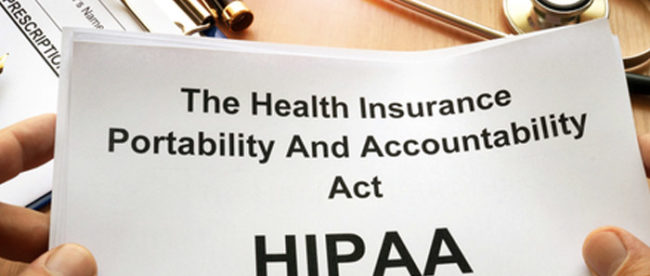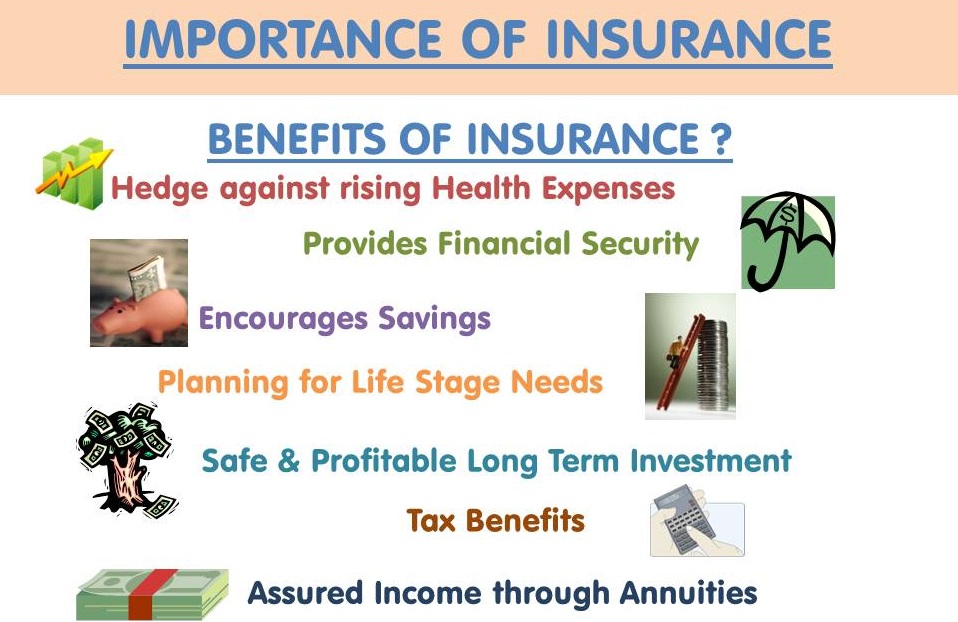What Does Pacific Prime Mean?
What Does Pacific Prime Mean?
Blog Article
Pacific Prime Things To Know Before You Get This
Table of ContentsIndicators on Pacific Prime You Need To KnowThe Facts About Pacific Prime RevealedWhat Does Pacific Prime Mean?Little Known Facts About Pacific Prime.The Ultimate Guide To Pacific Prime

This is since the information were collected for a duration of solid economic performance. Of the estimated 42 million individuals that were without insurance, almost concerning 420,000 (regarding 1 percent) were under 65 years old, the age at which most Americans become qualified for Medicare; 32 million were adults between ages 18 and 65, around 19 percent of all adults in this age team; and 10 million were children under 18 years old, regarding 13.9 percent of all youngsters (Mills, 2000).
These estimates of the number of individuals without insurance are produced from the annual March Supplement to the Present Populace Survey (CPS), performed by the Demographics Bureau. Unless or else kept in mind, nationwide price quotes of people without medical insurance and proportions of the population with different sort of coverage are based on the CPS, the most widely utilized source of quotes of insurance policy protection and uninsurance prices.
Pacific Prime - The Facts

Still, the CPS is especially useful since it generates annual estimates relatively swiftly, reporting the previous year's insurance coverage approximates each September, and due to the fact that it is the basis for a regular collection of quotes for greater than two decades, enabling evaluation of trends in coverage over time. For these factors, in addition to the substantial use the CPS in various other researches of insurance coverage that are offered in this record, we rely upon CPS estimates, with limitations kept in mind.

The price quote of the variety of uninsured individuals broadens when a population's insurance coverage status is tracked for numerous years. Over a three-year period starting early in 1993, 72 million people, 29 percent of the united state populace, lacked protection for at least one month. Within a solitary year (1994 ), 53 million people experienced a minimum of a month without coverage (Bennefield, 1998a)
6 out of every ten uninsured adults are themselves employed. Although functioning does boost the probability that a person and one's relative will have insurance, it is not a guarantee. Even participants of households with 2 permanent breadwinner have virtually a one-in-ten possibility of being without insurance (9.1 percent without insurance price) (Hoffman and Pohl, 2000).
The Facts About Pacific Prime Revealed
New immigrants make up a considerable proportion of individuals without medical insurance. One analysis has attributed a substantial section of the recent development in the size of the united state uninsured populace to immigrants that arrived in the country between 1994 and 1998 (Camarota and Edwards, 2000). Current immigrants (those who pertained to the USA within the previous four years) do have a high price of being without insurance (46 percent), but they and their youngsters represent simply 6 percent of those without insurance country wide (Holahan et al., 2001).
The partnership in between medical insurance and access to care is well established, as documented later in this chapter. Although the relationship between medical insurance and health outcomes is neither direct nor simple, a substantial clinical and wellness solutions research literature links medical insurance protection to better accessibility to care, much better high quality, and enhanced personal and population health standing.
Degrees of evaluation for taking a look at the effects of uninsurance. This discussion of health insurance policy protection focuses primarily on the U.S. populace under age 65 because basically all Americans 65 and older have Medicare or various other public insurance coverage. It concentrates specifically on those without any kind of health insurance policy for any size of time.
The 6-Second Trick For Pacific Prime
The troubles dealt with by the underinsured are in some aspects comparable to those faced by the uninsured, although they are usually less extreme. global health insurance. Uninsurance and underinsurance, however, include clearly different policy problems, and the methods for resolving them might differ. Throughout this research and the 5 records to comply with, the primary focus gets on persons without any medical insurance and hence no aid in spending for health and wellness care beyond what is readily available via charity and safeguard institutions
Health insurance is an effective element affecting receipt of treatment since both clients and physicians react to the out-of-pocket rate of services - https://freddys-marvelous-site-a71e82.webflow.io/. Medical insurance, nevertheless, is neither required nor sufficient to access to clinical solutions. Nevertheless, the independent and straight effect of medical insurance protection on accessibility to health services is well developed.
Others will obtain the health treatment they need even without medical insurance, by spending for it expense or seeking it from providers that offer treatment totally free or at very subsidized rates. For still others, wellness insurance coverage alone does not make certain receipt of treatment due to various other nonfinancial obstacles, such as a lack of healthcare carriers in their community, minimal access to transportation, illiteracy, or etymological and cultural distinctions.
About Pacific Prime
Formal study about uninsured populations in the USA dates to the late 1920s top article and early 1930s when the Committee on the Expense of Medical Treatment produced a series of reports regarding funding physician office sees and hospital stays. This issue ended up being significant as the numbers of clinically indigent climbed up throughout the Great Depression.
Report this page